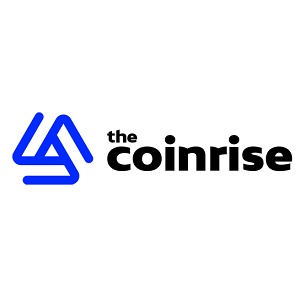
Mastercard has announced a strategic move that could redefine how digital currencies are used in everyday commerce. Through a partnership with payments platform Nuvei and stablecoin issuers Circle and Paxos, the payments giant will now allow merchants across its massive global network to accept payments in stablecoins. The announcement, made on April 28, marks a crucial turning point in integrating blockchain-powered money into the traditional payments ecosystem. The collaboration means that over 150 million merchants in Mastercard’s network can now opt to receive their payments in stablecoins like USDC and USDP, regardless of the customer’s original payment method. Whether a shopper uses fiat, crypto, or a card linked to their digital wallet, merchants have the flexibility to settle in digital dollars—minimizing volatility and simplifying cross-border transactions. Mastercard’s Chief Product Officer, Jorn Lambert, framed the initiative as part of a “360-degree approach” to bridge crypto and commerce. “The mainstream use cases are clear,” Lambert said, emphasizing the need to make it seamless for both consumers and merchants to transact using stablecoins. A Crypto Card for the Masses To further expand its footprint in the crypto space, Mastercard has teamed up with crypto exchange OKX to launch the OKX Card, a new crypto-enabled payment card designed to give users direct access to their digital funds. The card allows consumers to spend stablecoins effortlessly, integrating crypto into daily purchases with traditional payment convenience. Haider Rafique, OKX’s Chief Marketing Officer, hailed the partnership as a “significant step” toward embedding stablecoins in real-world payments. The move is also part of Mastercard’s larger effort to normalize crypto usage, building on past collaborations with exchanges like Binance, Kraken, and Crypto.com to launch crypto debit cards. And the momentum doesn’t stop there. On the same day, wallet provider MetaMask also joined forces with Mastercard to unveil a card that lets users spend self-custodied crypto using smart contracts—bringing near-instant processing speeds to point-of-sale transactions. Stablecoin Market on the Rise The backdrop for Mastercard’s aggressive expansion into stablecoins is a rapidly growing market. According to Artemis and Dune, active stablecoin wallets have surged over 50% in the last year. Meanwhile, the overall stablecoin market has ballooned to $230 billion—up 54% year-over-year—with Tether and USDC capturing 90% of that share. Citigroup recently forecasted that the stablecoin market could reach a staggering $3.7 trillion by 2030, driven by increased regulatory clarity and institutional support. The post Mastercard Opens the Stablecoin Floodgates with Bold New Crypto Payment Push appeared first on TheCoinrise.com .


